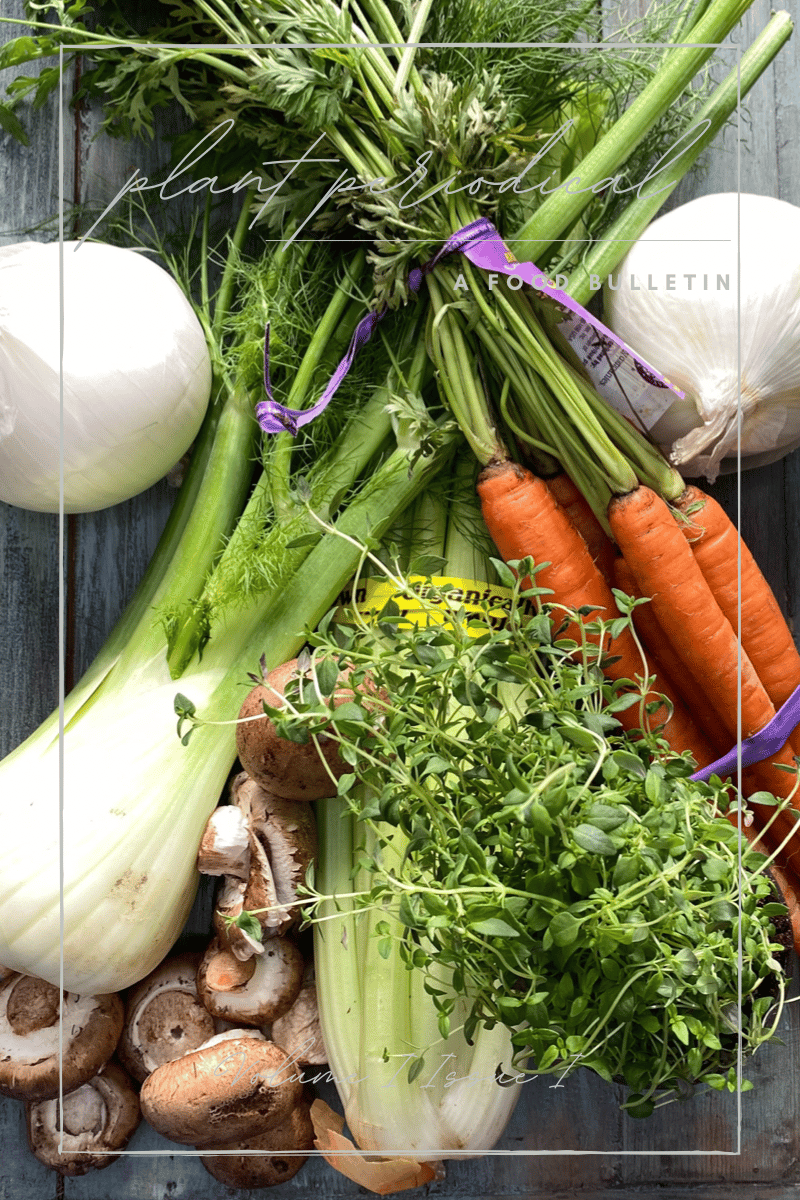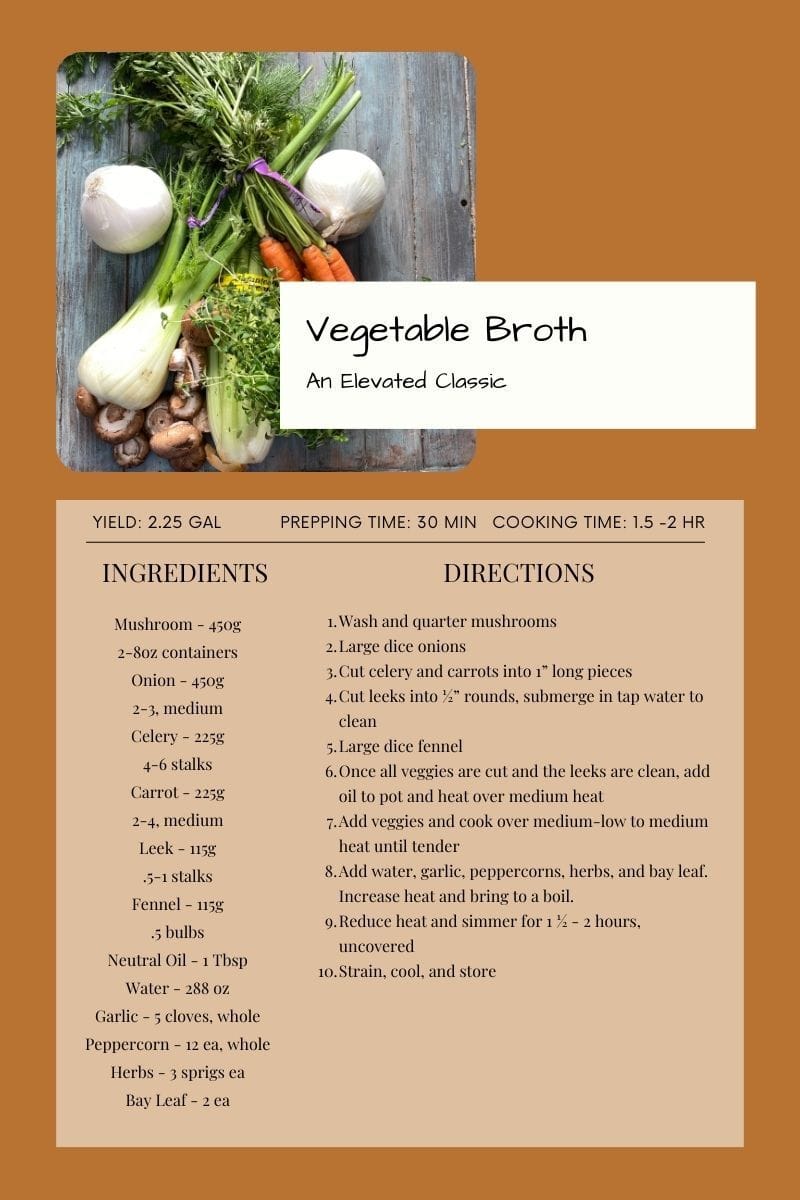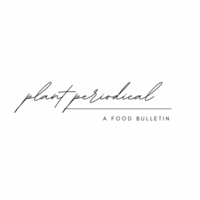- Plant Periodical
- Posts
- Welcome to Plant Periodical
Welcome to Plant Periodical
Volume I Issue 1

Plant Periodical Volume I Issue 1
Welcome!
It’s finally happening…I’m starting my newsletter! Thank you all for being here and starting this next chapter with me! The idea of this newsletter came from bringing a dish to a gathering, people liking it (very flattering), and said friends and family asking for the recipe (again, very flattering). My initial reaction was always “Yes! Of course I can send you the recipe!” and having nothing written down or finalized. Just going off of memory and vibes. That being said, my goal for this newsletter is to start writing down recipes, so I’m consistently able to share them with you. Anyone who enjoys cooking finds it endlessly gratefying when people enjoy the food you make and I hope to share that with you here. This newsletter will (hopefully) be informative, seasonal, fun, and help y’all incorporate more plant-based cooking into your life.
This is a soft launch I’m finding as I start there are some kinks to be ironed out, but I would rather try and do that in real time,, with your feedback (there’s a survey link at the bottom of this page), that way this becomes a helpful resource in your cooking journey! At the moment, this will be free for all, but in the near-ish future, there will be a paid subscription, with more resources and content, in addition to a free version! (Always a free version!)
Since this is the first unofficial article, I want to take a moment to explain some of the information you’ll find week after week. First, I don’t intend to start each article with a long-winded story about the last last hike I went on and how it made me contemplate human existence, to then present you with a chocolate chip cookie recipe. We’re all over that (at least I am). Just for reassurance, this will probably be the longest intro post I ever do. I want the introduction section to do just that: introduce the recipe. What are we making, why are we making it, a fun fact or two, and well-wishes. That’s it. Next, we’ll have the explanation of ingredients. This section will highlight each item in the recipe, what role it plays, possible substitutions, and other notable information. “Notes Before Cooking” is important. I highly recommend reading this section in addition to the recipe because it will contain technical information with a purpose. Using todays recipe as an example, you’ll find out why we’re not browning the vegetables, why we’re cutting the vegetables into large piece, and why we’re simmering and not boiling our stock (among other things). Obviously, if you find the information redundant, don’t spend your time reading, but it will be a section for clarification and troubleshooting. Last, you’ll find the recipe and the accompanying PDF! Again, thank you so much for spending your time with me, and I hope you enjoy what’s to come!
Now, the star of today’s newsletter: Vegetable Broth! I thought we would start with a flavorful vegetable broth, since it’s something I use relatively often in other recipes (soups, stews, while braising, etc), and it’s a great way to work on some basic elements of cooking (knife skills, temperature control). It’s also very easy to store and extremely versatile! This recipe goes beyond your classic veggie broth by adding a few extra ingredients to really elevate umami and depth of flavor. Remember, if you’re allergic, or a certain ingredient doesn’t sit well with you, omit it! I do recommend, if you leave out any of the vegetables, replace it with an equal amount of one of the other veggies. I hope you enjoy todays recipe, and I’ll catch y’all in two weeks!
Claire
Ingredients, Explained
Mushrooms
Mushrooms bring meatiness, umami, and savoriness to the broth and are in equal proportion to onions, as they are the grounding element that brings everything else together. I like to use crimini due to their hearty flavor profile and I would recommend steering clear of using mushrooms that have a fishier flavor (such as oyster or
Onions, Celery, and Carrots
These three ingredients are the basis of a tradition vegetable broth. They all bring sweetness to the party, and are usually found in a 2:1:1 ratio of onions to celery to carrots.
Leek and Fennel
These two ingredients were added for an extra amount of flavor. I personally love the way fennel tastes (not everyone does) and leeks add another layer of soft, oniony goodness.
Neutral Oil
Fats play many parts in any recipe, here however, we are simply using it to prevent our ingredients from sticking to the pot. Therefore, we’re adding the smallest amount possible. We don’t want excess oil in our broth, as it will stick around and create a texture and flavor that is unpleasant and overpowering. Also, broths very much add to recipes, and we wouldn’t want to introduce excess oil to a dish down the line. Finally, we’re keeping it neutral, because, as stated earlier, we don’t want it to overpower the other flavors. Examples include: vegetable, grapeseed, sunflower, or safflower oils.
Garlic
There’s not much to say. It’s a classic.
Peppercorn, Herbs, + Bay Leaf
Leave whole. All these items are for flavor, but we don’t want ground pepper, or pieces of herbs in our broth, as it will change the flavor of any dish it’s added to. Use any woody herb (rosemary, thyme, oregano) that you like! Totally your preference.
Notes Before Cooking…
Don’t Use Salt
This is a rare instance where you won’t need your slat. Broth is (the vast majority of the time) a component of a later dish. Adding salt now, would lead to over salting our food down the line. Broth is just here as a flavorful liquid, not a salting agent.
Don’t Stress Over the Amounts
As with many recipes (especially this one) the amounts listed are a guideline. If you have an awkward amount of a certain ingredient left over and you don’t have a use for it…throw it in! No need to wasted perfectly good product. This also means if you have some odds and ends laying around, throw those in too! I’d focus more on the proportions of ingredients and what flavors you want to be most prominent. This is a very versatile recipe and it’s hard to go wrong!
Do n’t Brown the Vegetables
We will be cooking the vegetables over medium to medium low heat, as we are not trying to brown or caramelize, as we don’t want that flavor to be carried through.
Large Dice
Large dice refers to a specific size (3/4” x 3?4” pieces), but the idea is to keep the pieces large. There’s no reason to put effort into knife cuts, as we are just trying to extract the flavor, and then we will be straining everything out. Don’t waste your time on something that won’t be in the final product!
You Don’t Have to Peel the Veggies
For the same reason we’re keeping our veggies large, we don’t need to peel anything! I will say, I prefer to take the top layer of skin off my onions, but its not necessary. Again, don’t waste your time.
Cleaning Leeks
For those new to leeks, they grow partially underground, and retain a lot of dirt in between their layers of leaves. To remove the dirt, cut your leeks, separate the layers, and put pieces in a bowl with water. Stir around to release dirt, which will fall to the bottom of the bowl. Allow to sit for a few minutes, then be careful not to disturb the dirty layer of water, and scoop the leeks off the top of the water (they’ll float).
Use the Whole Fennel Plant
Both the bulb and leafy green top can be used in the stock! Sauté the bulb with the other vegetables and add the fronds in with the other aerobatics.
Leave Garlic, Peppercorns, Herbs, and Bay Leaves Whole
Don’t waste your time grinding or chopping the aerobatics, as they will be strained out int the end! The same amount of flavor will be imparted.
Simmer, Not Boil
We’re simmering the stock because simmering is used to meld and intensify flavors, where boiling is used to reduce the overall volume of liquid. Since we want more flavor, without losing volume, we’re simmering!
Don’t Exceed 2 Hours of Simmering
Excessive cooking will change the flavor of the broth, and not in a positive way. The vegetable begin to completely break down and may start to impart a bitter taste.
To Store
I like to freeze the majority of my stock and leave a bit in the fridge (if I’m using it within 3-5 days). It’s super easy to heat up…Just run the container under hot water to release the broth brick and then use a sauce pan to heat up the rest!
Vegetable Stock
Yield: 2.25 Gal I Prep Time: 30 min I Cook Time: 1.5 - 2 hr
Ingredients
| Directions
|
Recipe Card

